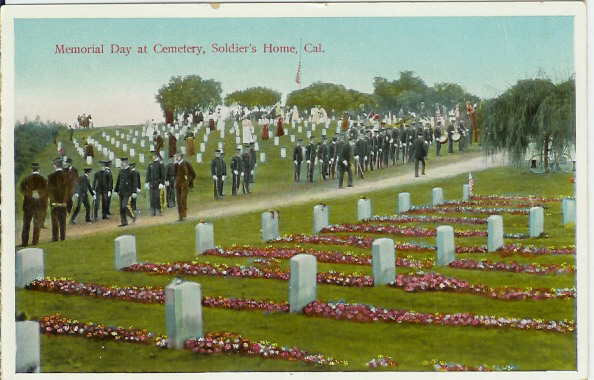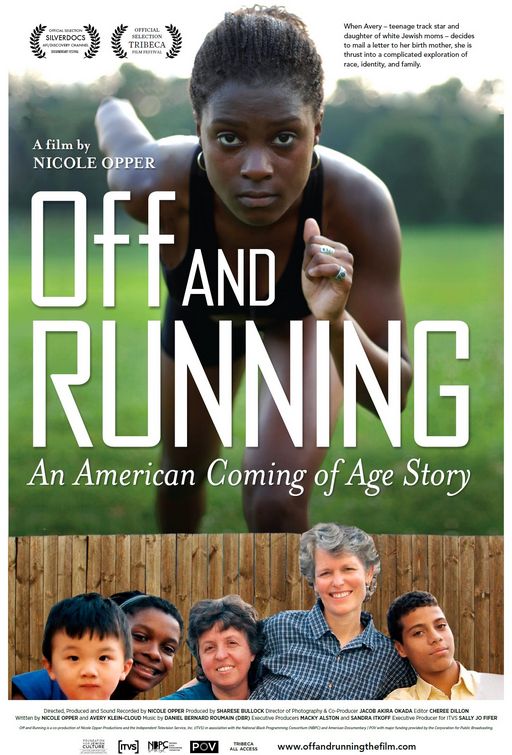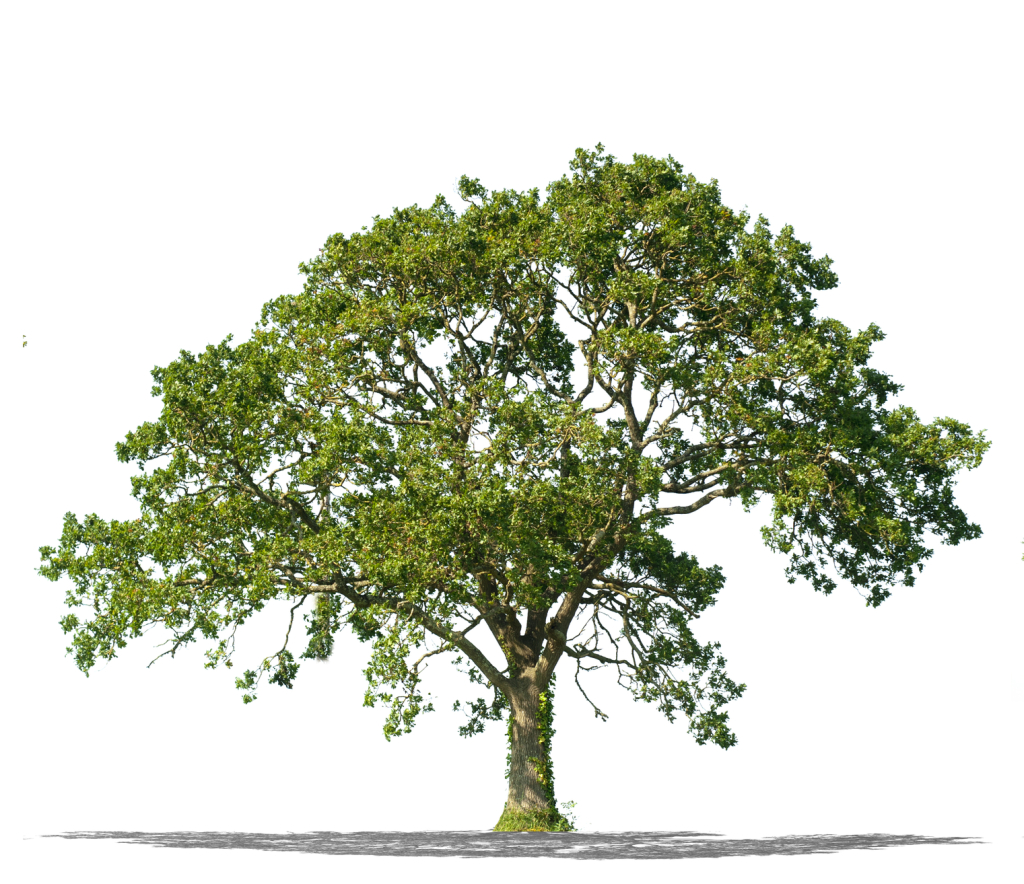A Jewish Lesbian couple adopted three children. Two of them, teenagers, a son and a daughter appear to be African American or Black. The son has no interest in connecting with birth parents. The daughter, Avery, who is the focus of this film, does. Encouraged by her two mothers and of her own desire, she first contacts the agency that did the adoption. She learns that her birth mother has never contacted them. She persists and writes her birth mother a letter - and waits - and then another. It seems the woman doesn't want to tell her too much about how she cameo be. The delays, hesitations, and minor details she is willing to provide, mess up Avery.
She is the daughter of privilege as is, but, a track star with hopes of a college scholarship, she quits high school and thinks about a GED instead.
She's on the pill but she gets pregnant, and sure that she would never want any of her children adopted, she has an abortion. She moves in with friends and out of the house, because she feels the tension over the birth mother and adoption issue is too much.
The whole time I was watching this film, I was thinking about adoption issues Is it nurture or nature that makes us?
Reaching into the experience of someone I'm related to my marriage, I think of a situation in which a child was adopted at about the age of 4 years old by two educated and working parents who were childless. This child was treated well, not abused, and this child wanted for nothing but wasn't spoiled. Still, as he neared teenage years he became a rebellious, violent, and hateful child, capable of saying horrible things to his parents, even striking his mother. When he was 18 he was encouraged to find his siblings, who he had vague memories of, with the hopes that with some answers he would better find his place in the world. Well, he did, and it turned out both parents were drug addicts who had overdosed or suicide, not all the children had been adopted, two of the siblings had quit high school and had babies without fathers, and one of his siblings was in prison. He had it better than any of them. For whatever reason this knowledge made him worse.
Then there is the question of placement with a family. Avery appears to be African American or Black. Very few African American or Black people in the United States are Jewish. Usually they are Christians and Protestants. Then there is the question of gay people, be they single or married, having children by adoption, surrogates, or sperm donations. Frankly there are so very many children out there who need to be adopted, and in some places it's difficult to adopt unless you own a home, for instance. Some children go through hell in foster care, though there are loving foster care homes. To me anyone who is a decent human being who can be a responsible parent and wants to be should be allowed to. But it can be complicated.
One thing that I felt was odd was how the discussions within the family seem to have a lot of analysis like you'd get in therapy. (When I was growing up NOBODY talked therapeutic terms and if someone was in therapy it was considered their business.) Avery states her needs in a sophisticated way, but she's still a child, and clearly what she wanted out of her birth mother was more acceptance.
A thought provoking film, the good news is that this young woman gets her life on track and decides to put off the birth mother until she's graduated from college.



